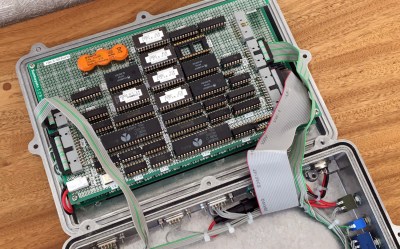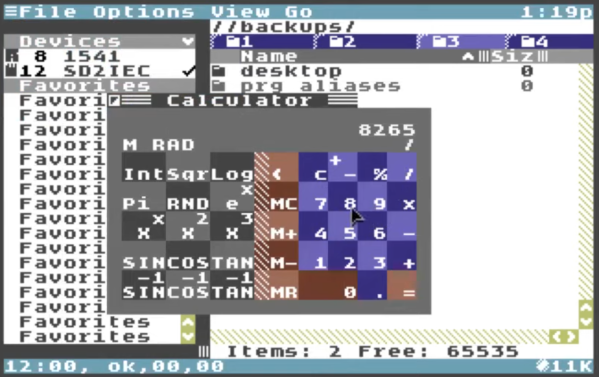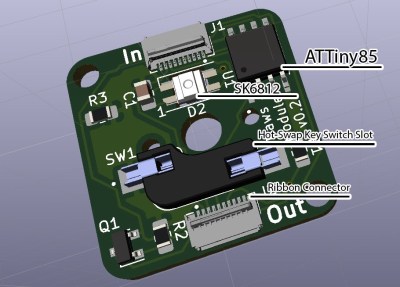Symbiote is a particularly nasty Linux rootkit, and we have the interesting case of two separate analysis releasing this week. Up first is [CyberMasterV] taking apart a very early sample of the malware. The primary purpose of Symbiote seems to be capturing SSH logins, and this version does so by hooking the Pluggable Authentication Modules (PAM) system to capture users logging in to the machine it resides on. It also watches for SSH and SCP binaries, and sniffs the terminal used by those binaries, thereby capturing outgoing credentials.
All this data gets packaged up as DNS queries and shuffled off to the Command and Control server. “Easy”, I hear you say, “just block DNS traffic to everywhere except a trusted DNS provider.” It’s more clever than that. The data is in the form of valid DNS subdomains. In full, it’s a DNS request to PacketNumber.MachineID.Data.px32.nss.atendimento-estilo[.]com, all appropriately encoded to be valid. Every request will be for a unique host name, so every request gets forwarded to the C&C controller, which does double duty as the authoritative DNS resolver for that domain. You might get some mileage out of blocking (or at least logging) very long DNS queries.
Symbiote also replaces the typical files and devices you would look at to find a potential problem. For instance, /proc/net/tcp is where the kernel reports open TCP connections. On an infected machine, a copy of this file is maintained by the malware, conveniently leaving out the connections resulting from the infections. Symbiote has a hook in fopen, so whenever a process tries to read this location, the read is redirected to the cooked version, neatly hiding the rootkit. This stealth feature is apparently also used to hide other malware from the same attackers that may be on the same machine.
Continue reading “This Week In Security: Symbiote, Smart Locks, And CosmicStrand”





















